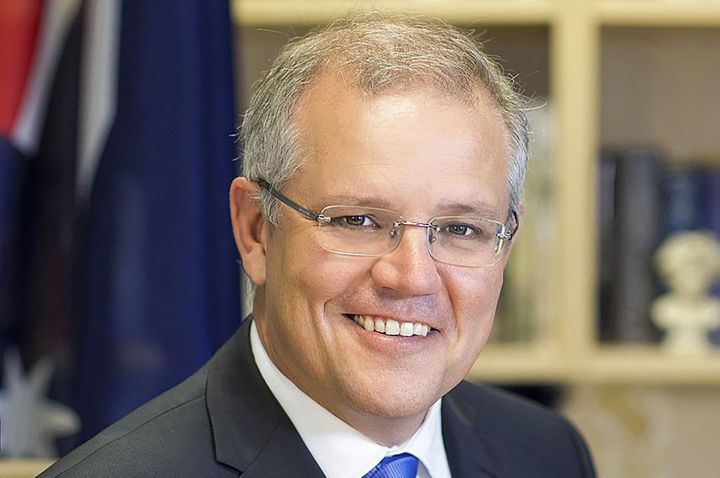
Millions of taxpayers are among the major winners in this year’s budget as the Morrison government hands out $16.4 billion in tax breaks and one-off payments in a bid to woo voters before the election.
Temporary cuts to fuel taxes and an increase in the low-and-middle-income tax offset (LMITO) are major parts of the budget package, which Treasurer Josh Frydenberg said will ease cost-of-living pressures.
But the 2022 budget was silent on higher wages for aged-care workers and has stopped short of a major step up in efforts to reduce Australia’s carbon emissions – two policy areas that have emerged as major losers.
Here are this year’s budget winners and losers.
Budget winners
Millions of taxpayers
The low-and-middle-income tax offset (LMITO) has been increased by $420 per person in 2021-2022
10 million taxpayers with annual incomes up to $126,000 will benefit
The top payment will rise from $1080 to $1500, while the smallest payment will increase from $256 to $676
The expansion will cost the budget $11.9 billion – up from $7.8 billion.
Motorists
The 44.2 cents-per-litre petrol excise has been halved, to 22.1 cents, for six months
Bowser prices will fall by 22.1 cents per litre over the next week
An average family with two cars will save about $30 every week until September 28 when the tax break expires, raising fuel prices again
Apprentices and their bosses
Apprentices, trainees and their employers will receive $1.3 billion in wage subsidies and cash payments over the next five years in a bid to boost Australia’s skills pipeline
Apprentices and trainees in priority industries (which are yet to be confirmed) will receive a $5000 payment, split into four instalments every six months for three years
First- and second-year apprentices in priority industries will have 10 per cent of their wages paid by taxpayers through to 2025-26, falling to 5 per cent in their third year
It comes in addition to $365 million in wage subsidies for all apprentices and trainees that will be paid out over the next three months under extended COVID measures.
Small business owners
Small businesses with an annual turnover of less than $50 million will from Tuesday night be able to deduct 20 per cent of the cost of training their employees
Mr Frydenberg said this means for every $100 a small business spends on training their staff, they will get a $120 tax deduction
Similarly, small businesses will be able to deduct 20 per cent of the cost of purchasing equipment to digitalise their businesses, such as portable payment devices, cyber security systems or subscriptions to cloud-based services
An additional $53.9 million will be spent to continue COVID-19 business support payments and pandemic leave disaster payments
Budget losers
Aged-care workers
The budget is largely silent on the aged-care staffing crisis, which experts say is being driven by low wages and torrid working conditions across the sector
No additional money was outlaid by the government to boost wages for these workers
Funding for the sector still falls short of what was recommended by the Aged Care Royal Commission, despite an additional $468 million for the industry in this year’s budget.
Emissions reduction and climate
The government has failed to lift its 2030 emissions reduction target from a 35 per cent reduction to 50 per cent, despite calls from the international community and climate scientists across the country
The budget does pledge $446 million over five years for various programs designed to encourage low-emissions technology and energy reliability.
About $247 million of this funding has been directed to hydrogen projects, while $50.3 million will be spent on investments in the gas industry
Electric vehicles did not merit a single mention among the 2022-23 budget measures.
Renters and people priced out of the housing market
Home prices and rents are soaring in many parts of Australia, and the government is pumping millions into schemes to help thousands of Australians get a foothold in the housing market.
But economist Gabriella D’Souza says these schemes will do little to improve housing affordability and make home ownership a reality for most people.
“When we’re seeing the median house price in major cities get to or exceed $1 million, it’s a mere drop in the bucket,” she said.
The arts
The arts sector was one of the hardest-hit by COVID-19 and is still struggling to recover, but there was little help at hand in the 2022-23 budget, with spending set to be slashed in coming years.
Funding for the arts will fall from $989 million in 2021-22 to $799 million in 2022-23, and even further to $736 million in 2023-24, the budget papers show.
Albo’s budget reply
All Australian aged care homes would have a registered nurse on site 24 hours a day, staff would get a pay rise and residents would have better care under a $2.5bn overhaul promised by the federal opposition.
Anthony Albanese used his budget reply speech to pledge reform of the aged care sector, saying too many people were being left to suffer “unforgivable neglect” under a crisis that had occurred under the Coalition’s watch.
The Opposition Leader on Thursday night unveiled his alternative approach should Labor win the imminent federal election, which was scant on details of how plans would be funded.
Mr Albanese vowed to improve the lives of Australians should he become prime minister, sharpening his message that a Labor government would introduce sensible policies to bring “renewal, not revolution”.


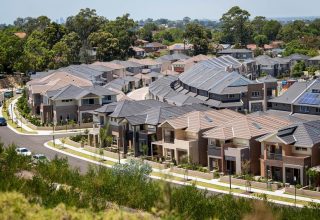


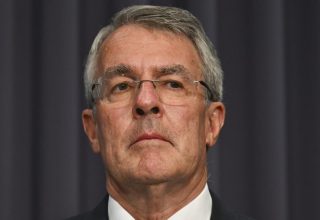
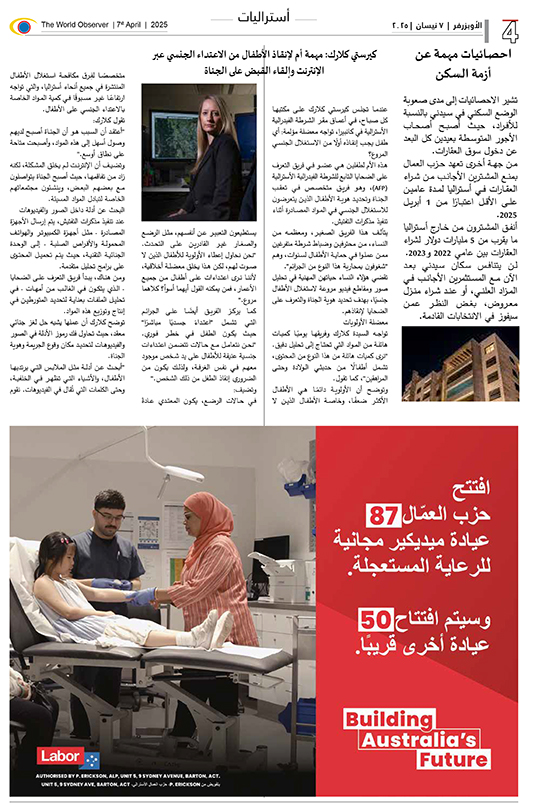
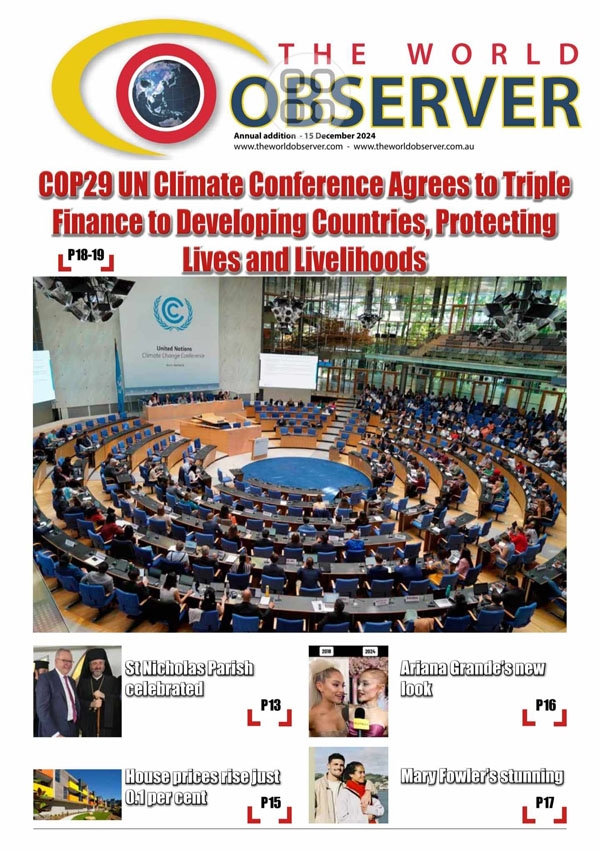
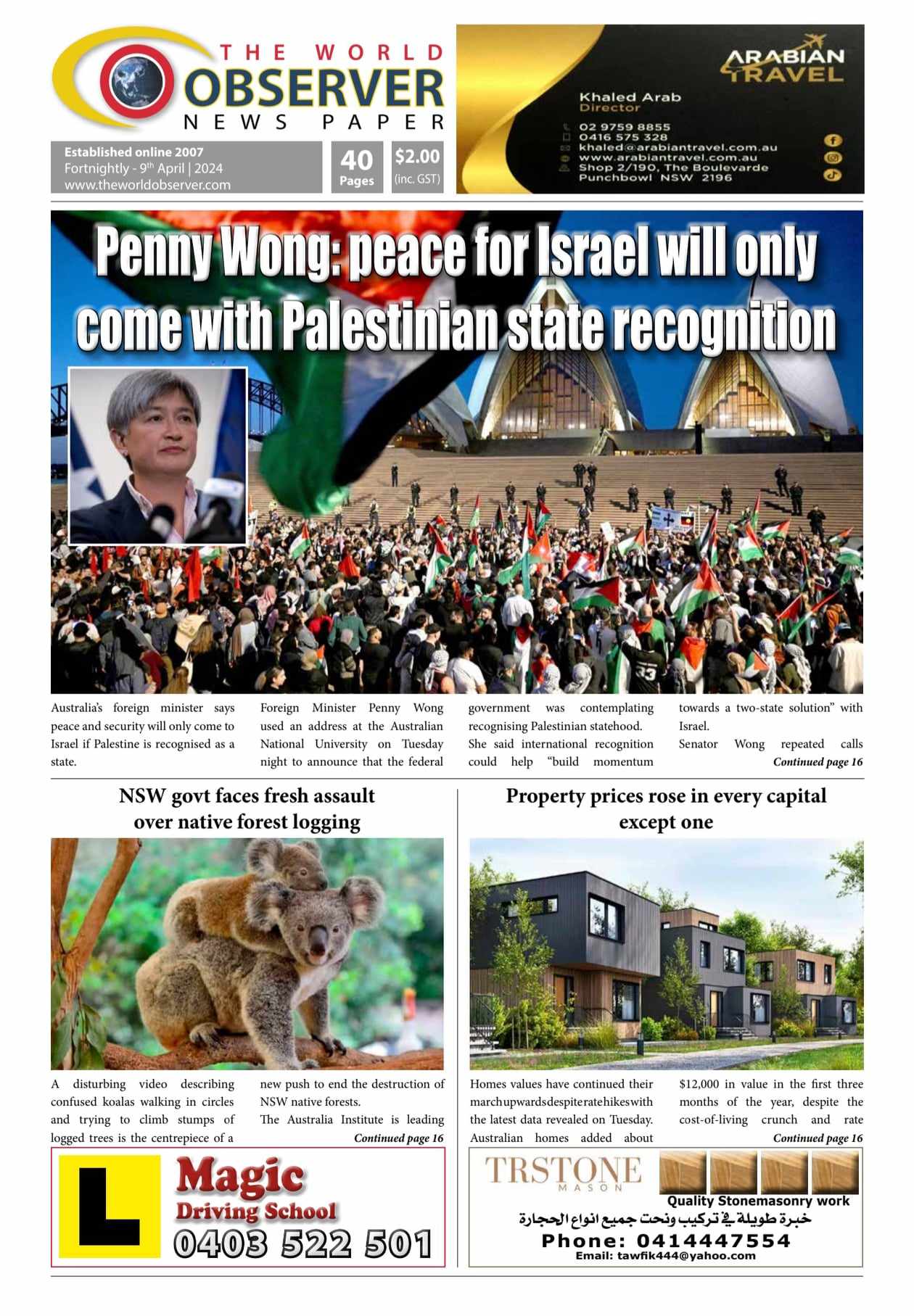





























 The World Observer Media produces a daily online newspaper, a daily Arabic online newspaper and a monthly printed Arabic/English magazine and a weekly printed Arabic/English newspaper.
The World Observer Media’s mission is to entertain and educate all generation from the Ethnic Communities in Australia, who are interested in local, national and foreign information.
The World Observer Media produces a daily online newspaper, a daily Arabic online newspaper and a monthly printed Arabic/English magazine and a weekly printed Arabic/English newspaper.
The World Observer Media’s mission is to entertain and educate all generation from the Ethnic Communities in Australia, who are interested in local, national and foreign information. 


